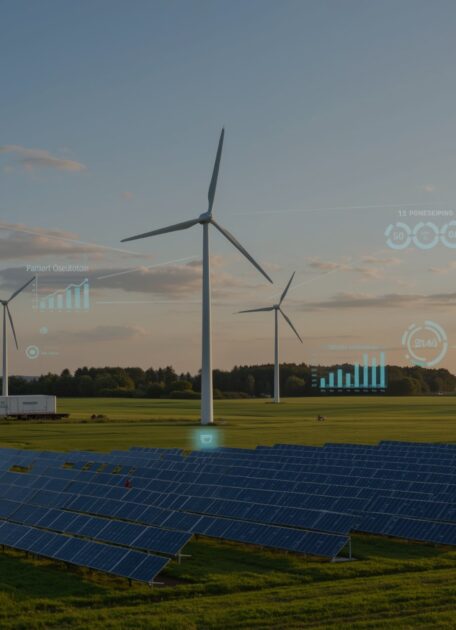

Decarbonization
Reduce your carbon footprint
As businesses face increasing pressure to reduce carbon footprints, procurement plays a crucial role in driving decarbonization efforts across the supply chain. Strategic decarbonization in procurement can accelerate your organization’s journey toward net-zero emissions.
How We Create Sustainable Impact

Significant impact of procurement
Procurement significantly impacts an organization’s carbon footprint, with up to 80% of emissions originating from the supply chain.

Carbon Footprint Analysis and Supplier Collaboration
Inverto is a key partner in achieving sustainable procurement goals by developing sustainable procurement strategies, analyzing carbon footprint, and collaborating with suppliers to minimize indirect emissions.
PROCUREMENT: LET’S GET REAL!
Our expert Kiren on Decarbonization
At the beginning of the decarbonization journey there is a need to create transparency across the different types of emissions:
- Scope 1: direct emissions from the company’s own production
- Scope 2: indirect emissions related to the purchasing of electricity and air conditioning for the company’s buildings
- Scope 3: all other emissions that arise in the company’s value chain, caused by suppliers, services or logistics
While the amount of Scope 1 and Scope 2 emissions is relatively easy to determine and within a company’s direct sphere of influence, Scope 3 emissions, which can be as much as 70-90% of a company’s total emissions, lack transparency and direct access. With its direct contact to suppliers and service providers, procurement plays a crucial role in mitigating Scope 3 emissions.

How we support your procurement in the decarbonization journey
- build a baseline
- understand your ESG procurement maturity
- define key abatement levers to understand where to focus.
- set decarbonization roadmap
We often do this alongside a typical cost assessment to find cost savings to fund the carbon journey – helping mitigate the challenge of investment
- Data & Tools to actively measure emissions and progress
- Upskilling procurement teams
- Refining procurement processes to factor decarbonization into decision making
Reducing emissions from suppliers
- Actively influence suppliers through incentives and disincentives
- Adapt sourcing processes to select new suppliers that have lower emissions
- Look across the value chain and at the broader ecosystem, e.g. closer collaboration with suppliers, industry alliances
Reducing emissions from the supply chain
- Define sourcing regions based on emissions, e.g. Nearshoring, Greenshoring
- Ensure compliance with regulations, e.g. CSDDD, CBAM,…
- Optimize logistics footprint, e.g. switching from air freight to sea freight, or moving from diesel vans to EVs
Reducing emissions from products
- Value engineering to redesign products with a lower carbon footprint
- Product lifecycle management, e.g. recycling, waste management
Our Sustainable Procurement Insights




